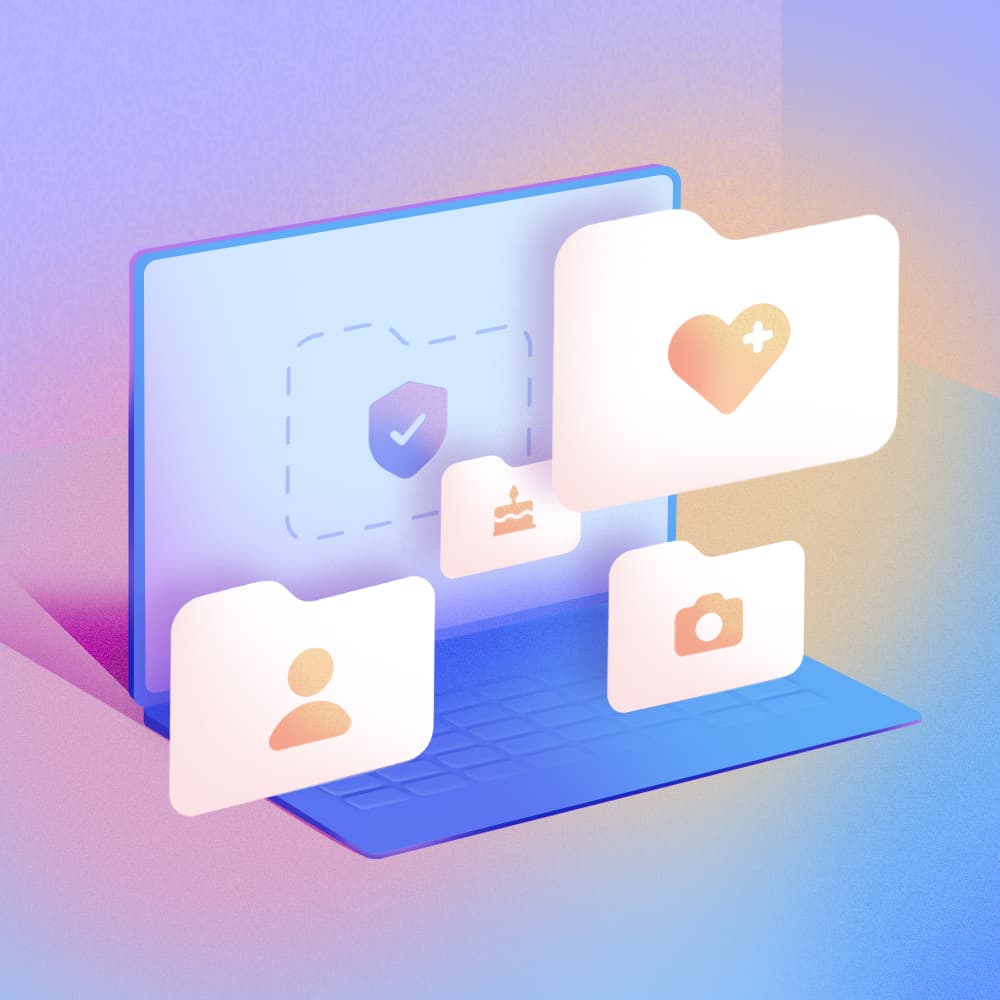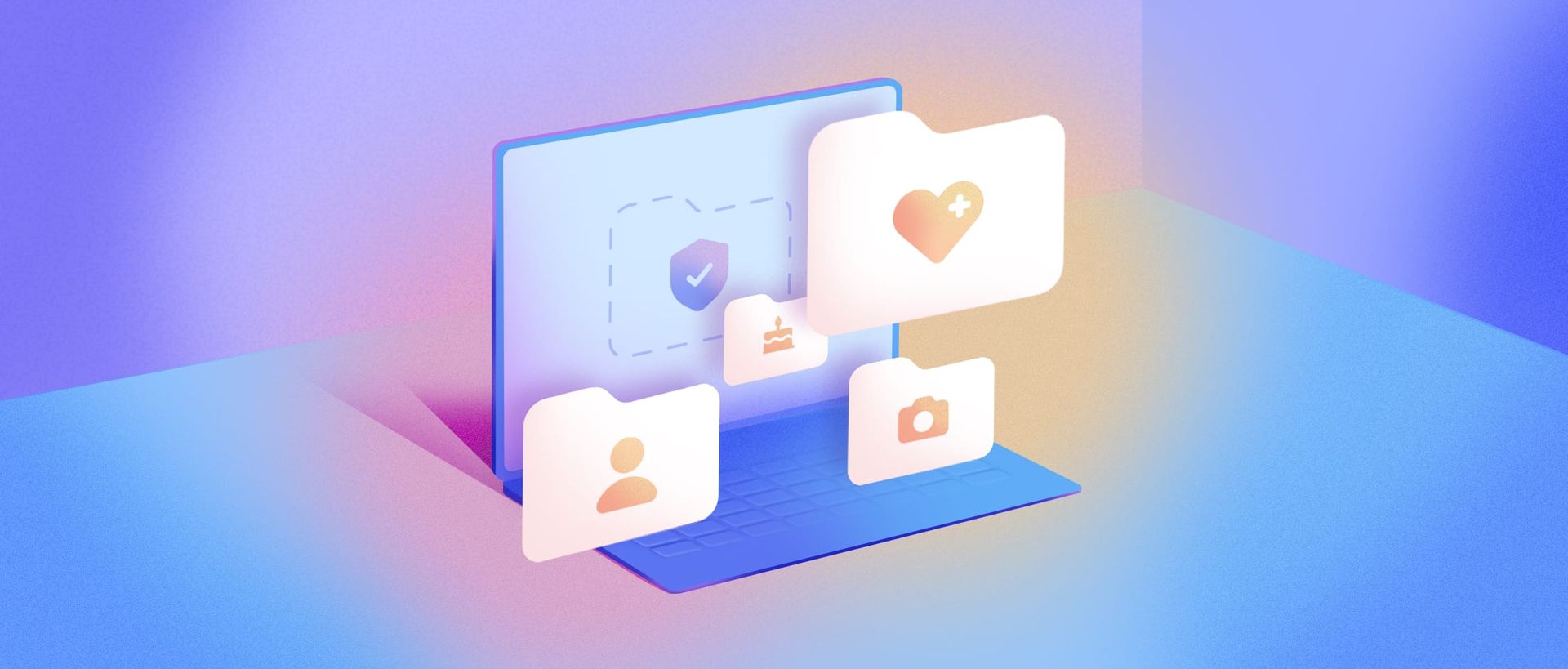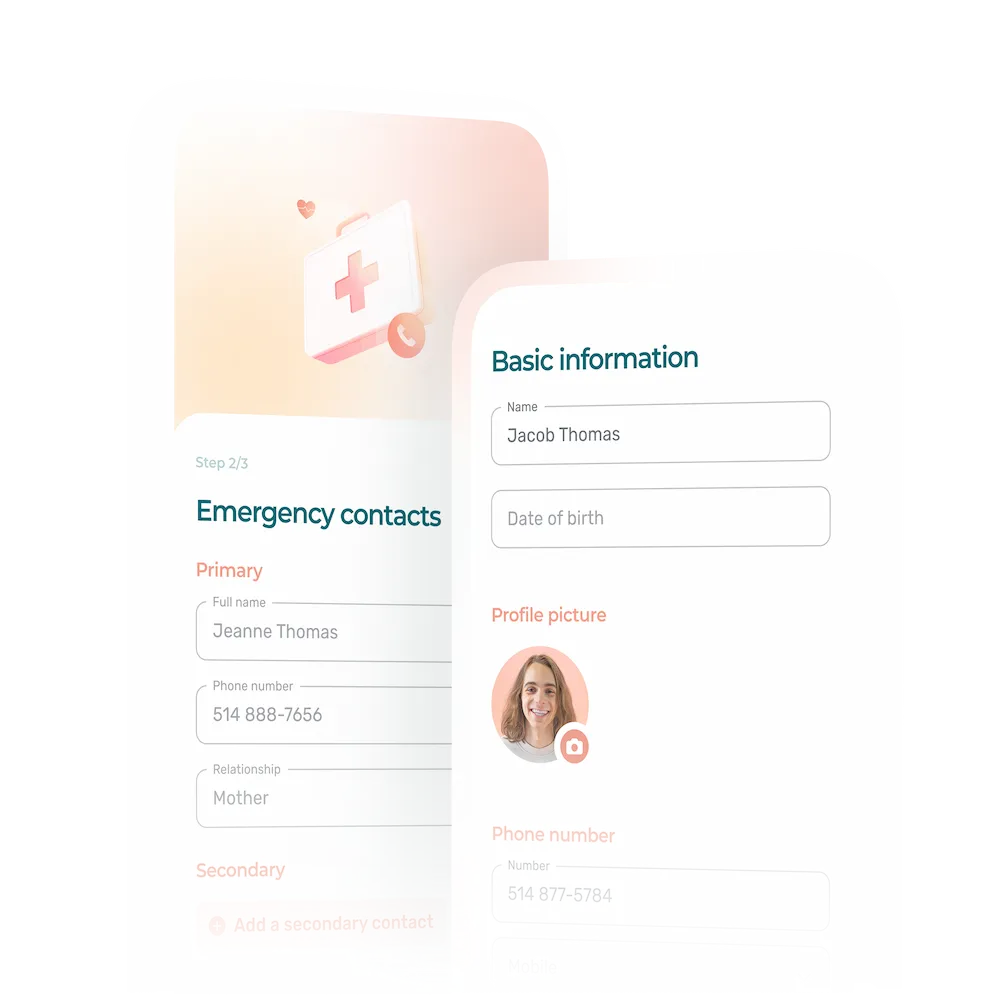Collecting employee data is standard practice in today’s business world driven by big data.
See what kinds of data you can collect to build more high performing teams, along with best practices for collecting, storing and using employee data in a responsible manner.
What Is Employee Data?
Employee data refers to every single detail a business collects about its employees.
The data collected can range from basic demographic data and personal details — such as the employee’s name, address, age, and gender — to more in-depth employment details such as job performance reviews, salary history and leave records.
Why Employee Data Collection Is Important for Businesses
Businesses obviously need to collect certain employee data to complete routine HR tasks such as time tracking and payroll. But the value of collecting employee data doesn’t end there.
The right employee data contains insights decision-makers and business leaders can use to improve the company culture, improve the hiring process, and make smarter data-driven decisions.
Employee data must be collected, stored and used in compliance with state and federal laws. Employees also have the right to know how their information is being collected and used.
10 Reasons to Collect Employee Data
- Identify unique talents
- Optimize your use of human resources
- Better understand skill gaps within your organization
- Lower HR costs
- Highlight productivity trends
- Analyze the effectiveness of your training programs
- Reveal management shortcomings
- Detect work/life imbalances
- Identify personal growth and development opportunities
- Measure employee engagement
5 Types of Employee Data Businesses Should Collect
1. Basic Employee HR Data
Even small businesses need to collect basic HR employee data, such as:
Demographic Information
Demographic information refers to identifying facts about the employee, such as:
- Age
- Gender
- Ethnicity
- Education level
This type of employee data sheds light on the employee’s social standing and broader social group, and can offer meaningful insights into your staff diversity and hiring practices.
Some industries, such as restaurants, home care and healthcare, might choose to collect information such as allergies, smoker/non-smoker. Extra details like these will help to create more complete employee profiles.
Benefits of Collecting Employee Demographic Data
- Report on the diversity of your workforce
- Build a more inclusive and positive work environment
- Develop employee policies and benefits programs that will be more meaningful to staff
Qualifications
Qualification data sheds light on why the employee is right for their current job. This information includes the employee’s:
- Work experience
- Skills
- Training & courses taken
- Previous job roles and responsibilities
- Tools they have used
Benefits of Collecting Employee Qualifications Data
- Improve talent development strategies
- Take advantage of internal recruitment
- Identify skill gaps in your team and address them with the right training
- Detect potential candidates to groom for leadership roles
Employment Length
Employment length data tells you how long the employee has worked for the company. It includes:
- The start and end date of the employee’s contract or employment
- Any extended breaks the employee has taken from work due to illness, to parental leave, to pursue education or obtain additional training
Benefits of Collecting Employment Length Data
Identify whether your business has problems with employee satisfaction and staff turnover.
If a large number of employees are leaving the company after only a few weeks or months of employment, you can dig deeper to see if your poor attrition rate is due to:
- A hostile work climate
- Scrappy onboarding
- Low employee engagement
- Poor management
How to Gather Employee Data
HR departments routinely collect employee data of new hires: this is generally done via official HR documents to create a detailed employee profile:
- Recruitment information
- Job descriptions
- Employee resumes
- Employment agreements
- Offer letters
- Contract termination letters
- Exit interviews
2. Attendance Data
Employee attendance data is among the top employee data collected, as it tells you if staff are showing up for and fully working their scheduled shifts.
Employee attendance records will tell your human resources team:
- How often employees show up for work on time
- If they’re taking enough breaks during their shift, or too many
- How often they go on vacation or call in sick
- What types of leave they take
Benefits of Collecting Employee Attendance Data:
- Identify opportunities to achieve higher productivity
- Prevent unnecessary absenteeism
- Detect attendance issues such as frequent lateness and time off abuse
- Better predict staffing needs to avoid downtime or excess workloads
How to Gather Attendance Data
The easiest way to collect attendance data is with time tracking and employee management software. The software automatically fills out your employees’ timesheets when they clock in and out or take breaks. You then review any issues identified by the software and simply export the sheets to payroll.
3. Time Tracking Data
Time tracking data tells you how many hours the employee works over a given period of time, on a given project, or on specific activities.
Employers in Canada and the US are legally required to track employee time.
Benefits of Employee Time Tracking
- Understand how employees spend their day
- Make smarter business decisions about how you cost projects, delegate tasks, etc.
- Improve employee scheduling
- Ensure employees are being properly compensated for their time
How to Gather Time Tracking Data
There are different ways to gather employee time tracking data:
- Paper – Simply write down on a piece of paper the hours employees work or spend on a given task.
- Spreadsheets – Create a timesheet or use this free timesheet template to track the hours each employee works.
- Punch clock – Have employees punch in when they start and end each shift.
- Time tracking software – Use a software that combines employee scheduling, multiple ways to clock and time tracking all in one. Bonus: some of time tracking software also include other HR management tools.
4. Employee Engagement
Employee engagement data tells you how committed an employee is to their job and the organization.
Benefits of Collecting Employee Engagement Data
- Demonstrate empathy and build trust with employees
- Identify opportunities for improving the employee experience
- Detect and solve employee engagement issues early on
- Highlight trends in job satisfaction, employee retention, etc.
How to Collect Employee Engagement Data
Manager Check-Ins
During these recurring one-on-one meetings, managers can ask employees questions like:
- How are you doing?
- Are you happy with your job?
- Is the job what you expected?
- What are your career goals?
- How’s life at home?
Employee Engagement Surveys
These in-depth employee surveys can shed light on issues your team might prefer not to discuss in a face-to-face meeting with a superior. These anonymous (or not) surveys can ask questions like:
- Are you being adequately recognized for your work?
- Are you being compensated fairly?
- How’s your relationship with your manager? Your peers?
- Do we provide enough support and training for you to achieve your work?
- Does the company offer a healthy and inclusive work environment?
- What elements could we integrate to your career development plan?
Pulse Surveys
These short questionnaires can be used more frequently to track progress in specific areas requiring improvement – for example, after an employment engagement survey has identified dissatisfaction with a manager. These surveys can ask questions such as:
- Does your manager listen to your requests?
- Does your manager recognize your hard work?
- Is your manager open to your suggestions?
5. Employee Performance
Employee performance data refers to the entirety of the employee’s achievements and failures throughout the employment period. This data includes details such as the goals and deadlines the employee has met, their contributions to business projects, their customer ratings, number of sales, overall efficiency, etc.
Recognizing performance is essential to employee engagement and retention. Employee recognition software includes a “high fives” feature. This can be a fun and easy way for everyone in your organization to highlight each other’s everyday wins, both big and small, and make recognition part of your culture.
Benefits of Collecting Employee Performance Data
- Improve management of employee recognition and productivity
- Identify employees who deserve to be promoted or rewarded
- Inform performance improvement plans for underperforming employees
How to Collect Employee Performance Data
360-Degree Feedback
Used to gain a comprehensive picture of the employee’s strengths, weaknesses and general overall performance, based on feedback from those who work with the employee:
- Colleagues
- Line managers
- Direct reports
- Customers
Quantity Metrics
Used to gauge employee performance based on measurable data such as:
- Number of sales
- Number of sales calls made
- Number of customer visits
- Percentage of leads converted into sales
Quality Metrics
Used to get a general idea of overall employee productivity measuring data such as:
- Number of defects, in the case of physical products
- Net promoter score, the case of services
Management Appraisal
Used to regularly review employee performance as well as to learn about the employee’s priorities and professional goals.
Self-Evaluation
Used to gain insights on performance directly from workers. This approach can often reveal insights that may not emerge during a performance review with a manager.
Employee Data Management Best Practices
Data privacy laws, such as the Fair Credit Reporting Act in the US or the General Data Protection Regulation (GDPR) in Europe, have created extra challenges for how a business can collect and store data and personnel information. These laws also set forth guidelines on what data can be collected, for what purpose, and how it should be stored.
While every business is eager to obtain more data these days, great care must be taken when creating an employee database. Here are some tips to ensure your employee information database will both fulfill your business needs, all while respecting employee privacy and applicable laws.
Ensure Compliance With Applicable Laws
Ensure your data collection methods stay compliant with state/provincial, federal and international data security laws, specifically those governing employee data collection and storage.
Keep Data Secure
Data security is key. Maintain the confidentiality of employee data by using high-quality data collection tools. Data stored should be protected with encryption.
Limit Access to Data
Employee data can quickly add up to massive amounts of sensitive information. Store all employee data in a one database that allows for multiple user permissions and roles. Only grant access to the necessary level of information according to the role of the person who is accessing it.
Set and Follow a Clear Policy
Create a data collection policy and keep it up-to-date as business needs and applicable laws change. Apply this policy to all employees, and share it with your team. The policy should explain why information is collected and how it is required to ensure business operations.
Audit and Delete Unnecessary Information
Determine how long certain types of sensitive information will be stored and when it should be deleted. Validate with your local laws and regulations for data deletion requirements.
Make It Ethical
Make sure you have good reasons for collecting specific types of data, and that you use this information in an ethical manner.
Be Transparent With Employees
Inform staff of the types of data you will be collecting and how this employee information will be collected, stored, protected, used, and shared. You might also need to have employees sign a release form allowing you to collect their data, especially when collecting sensitive information like medical data.
Use Employee Data Holistically
Collect employee data from several data points and use it in a holistic manner to identify hidden talents, skills gaps and opportunities for improvement.
Streamline Employee Data Collection With Agendrix
Decide what types of data your company needs to collect, adopt tools that will make managing employee records easy, and then analyze the data to build more high performing teams.
How Do You Collect Employee Data?
There are multiple ways to collect data about employees:
- Official HR documents
- Time sheets
- Employee surveys
- Performance reviews
- Manager check-ins
- Fingerprint background check
An employee records management software lets you store all this data in one location, with powerful analytics features to make drawing meaningful insights easy.
What Is an Example of Employment Data?
Time and attendance data is one type of employment data. Other examples include employee performance and engagement.
Why Is Employee Data Important?
Employee data is vital to any company. In addition to meeting the needs of HR administrative tasks such as time tracking, employee data can be used to create a stronger company culture, improve your management practices and build more productive teams.










